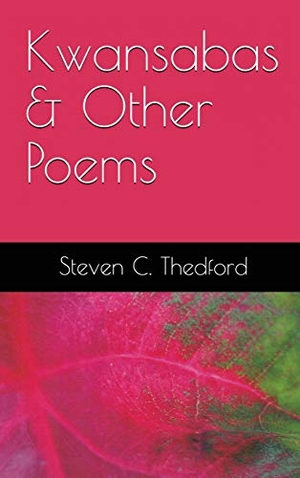Für statistische Zwecke und um bestmögliche Funktionalität zu bieten, speichert diese Website Cookies auf Ihrem Gerät. Das Speichern von Cookies kann in den Browser-Einstellungen deaktiviert werden. Wenn Sie die Website weiter nutzen, stimmen Sie der Verwendung von Cookies zu.
Cookie akzeptieren
Steven C Thedford / Roosevelt Thedford
Kwansabas and Other Poems
- New World Press, Inc.
- 2021
- Gebunden
- 56 Seiten
- ISBN 9780975973059
The Kwansaba is an African American verse form of praise created in 1995 by Eugene B. Redmond, East St. Louis Poet Laureate and professor of English at Southern Illinois-East St. Louis. The poems honor Kwanzaa, a celebration of family and African American culture, and praise writers such as Richard Wright and Sonia Sanchez. The poetic style of the Kwansaba utilizes the number seven, the numeric foundation of Kwanzaa. Thus, a Kwansaba is a heptastich, a poem of seven lines, with seven words in each line, and written with no word exceeding seven letters. Darline Roy talks about the strict rules of a Kwansaba. The idea was
Mehr
Weniger
zzgl. Versand
in Kürze